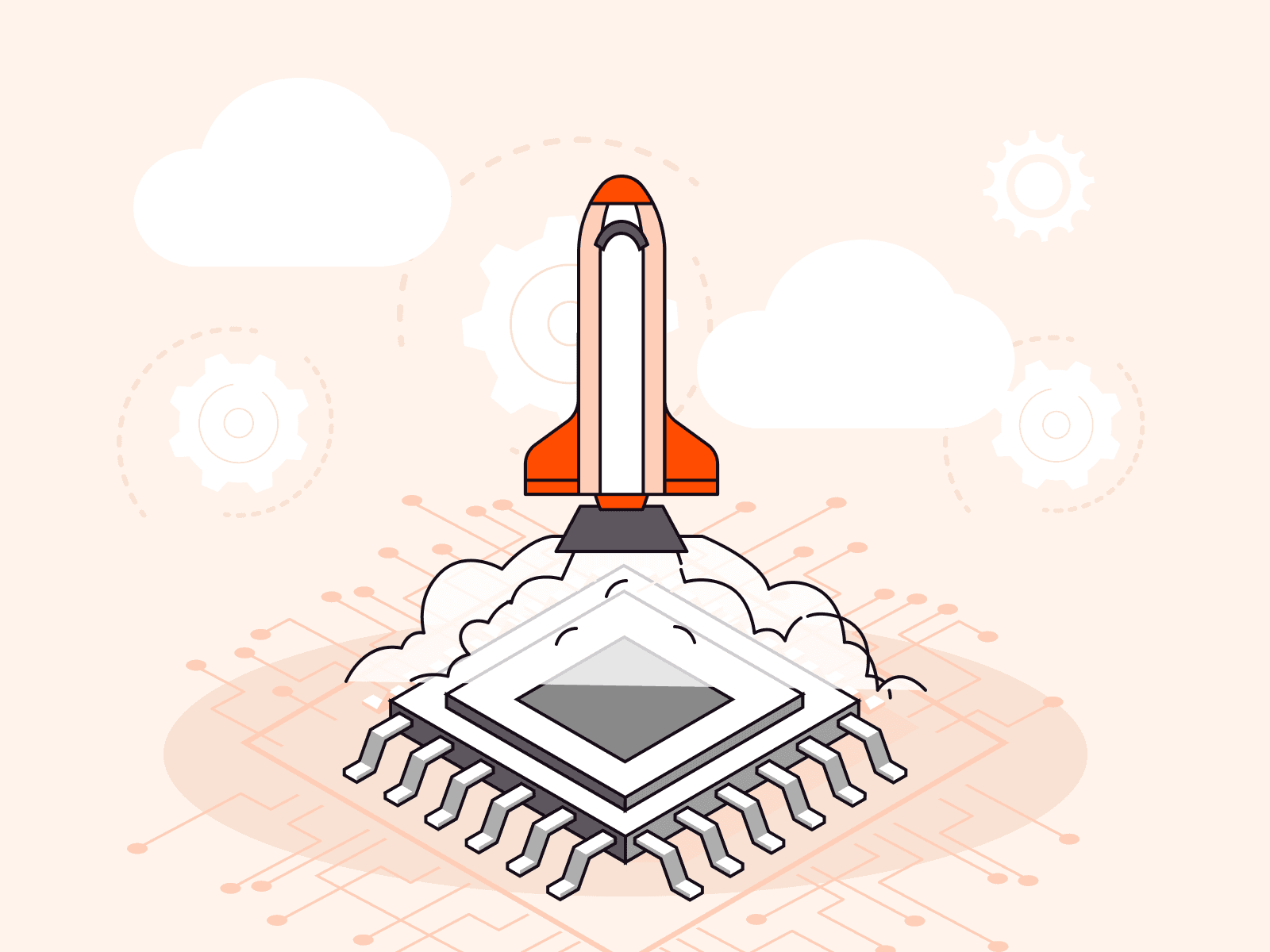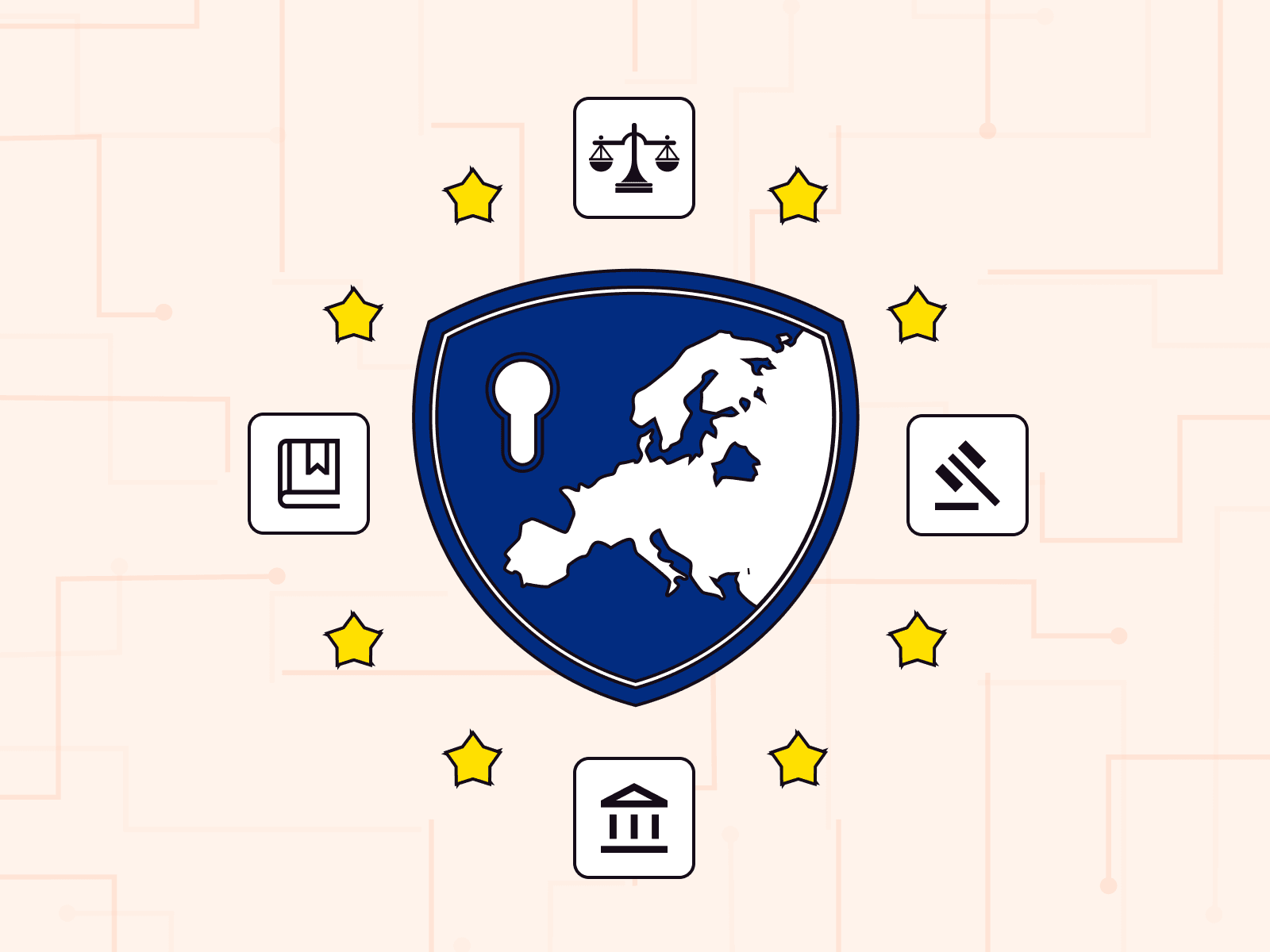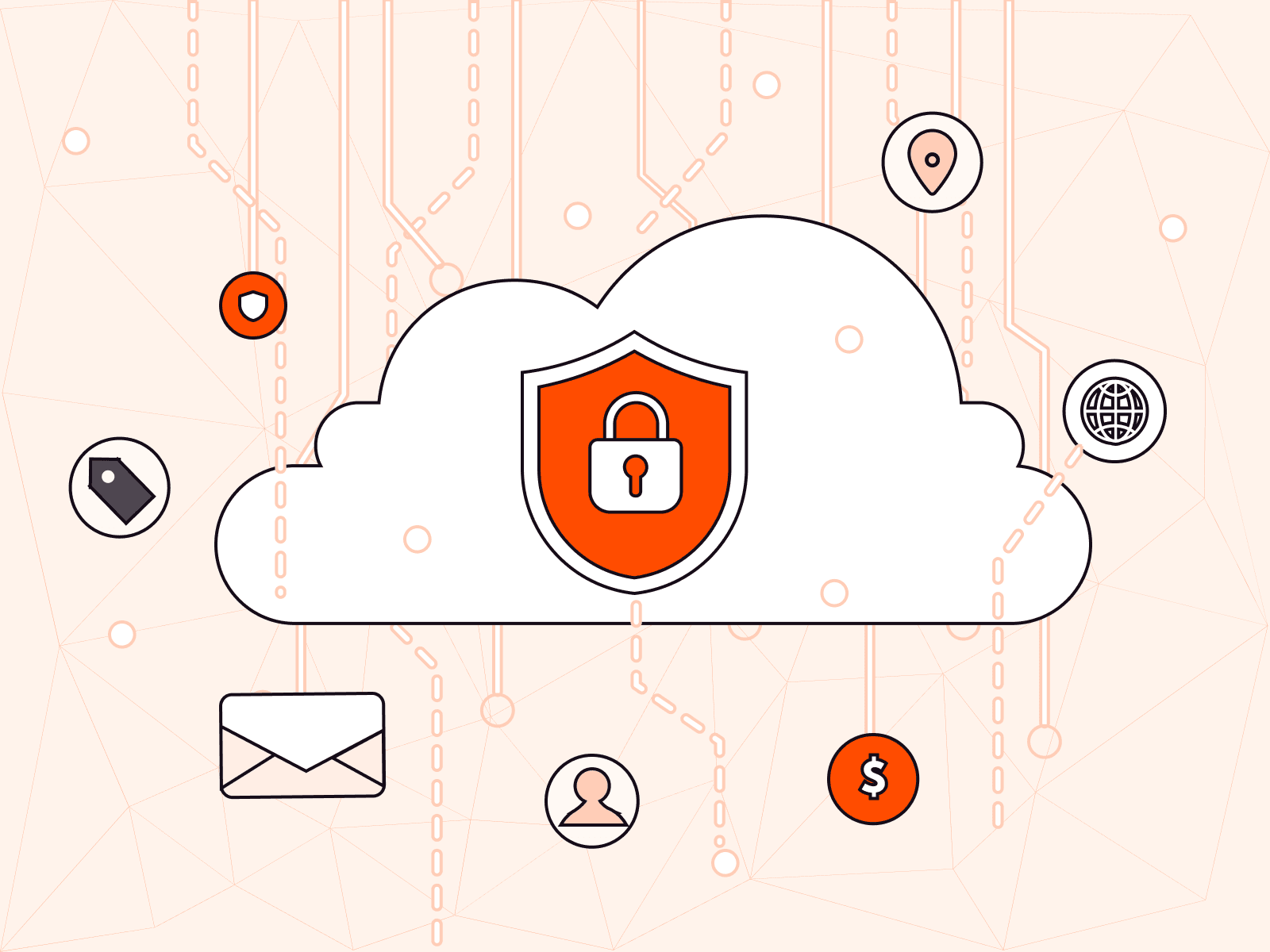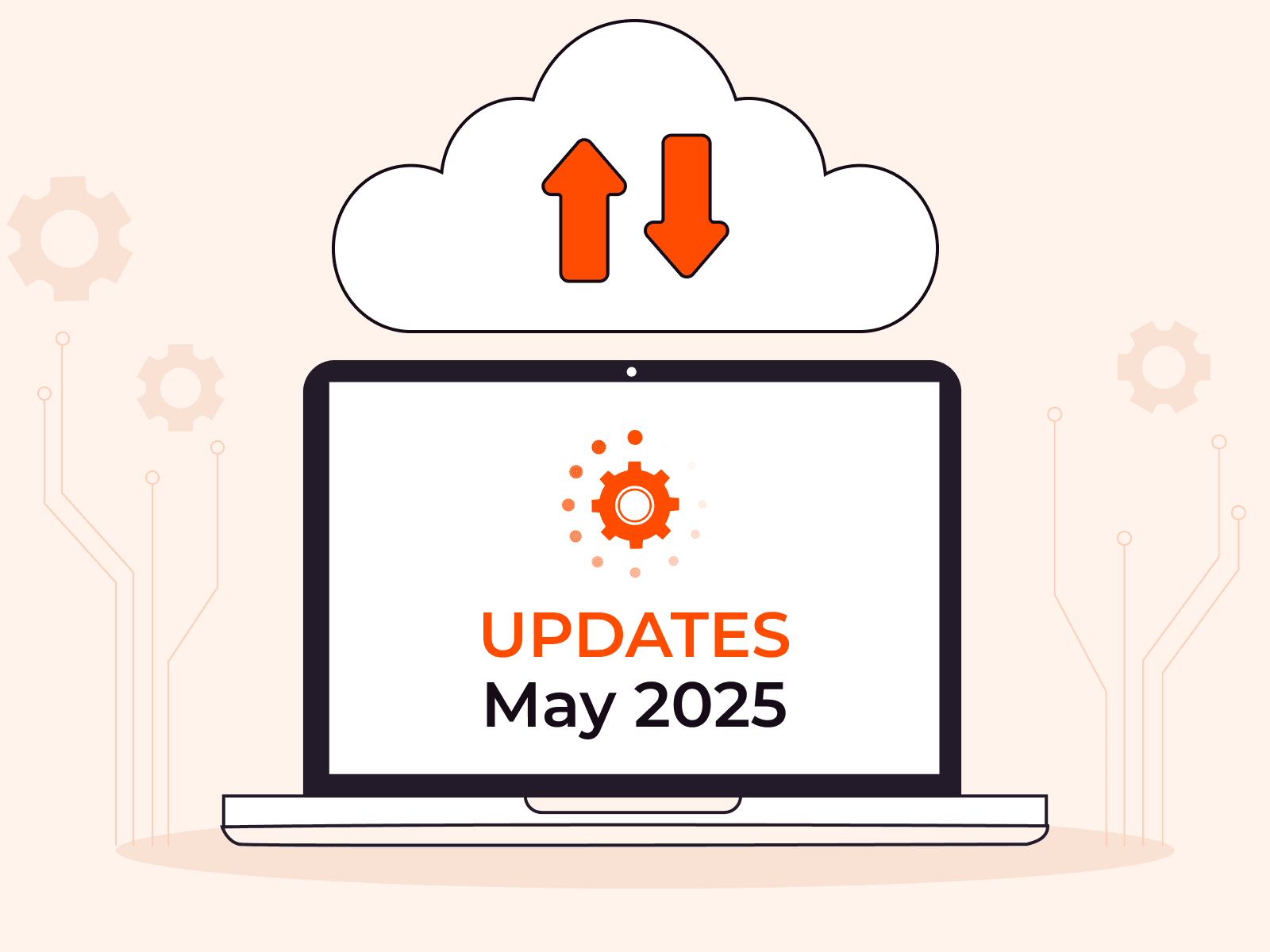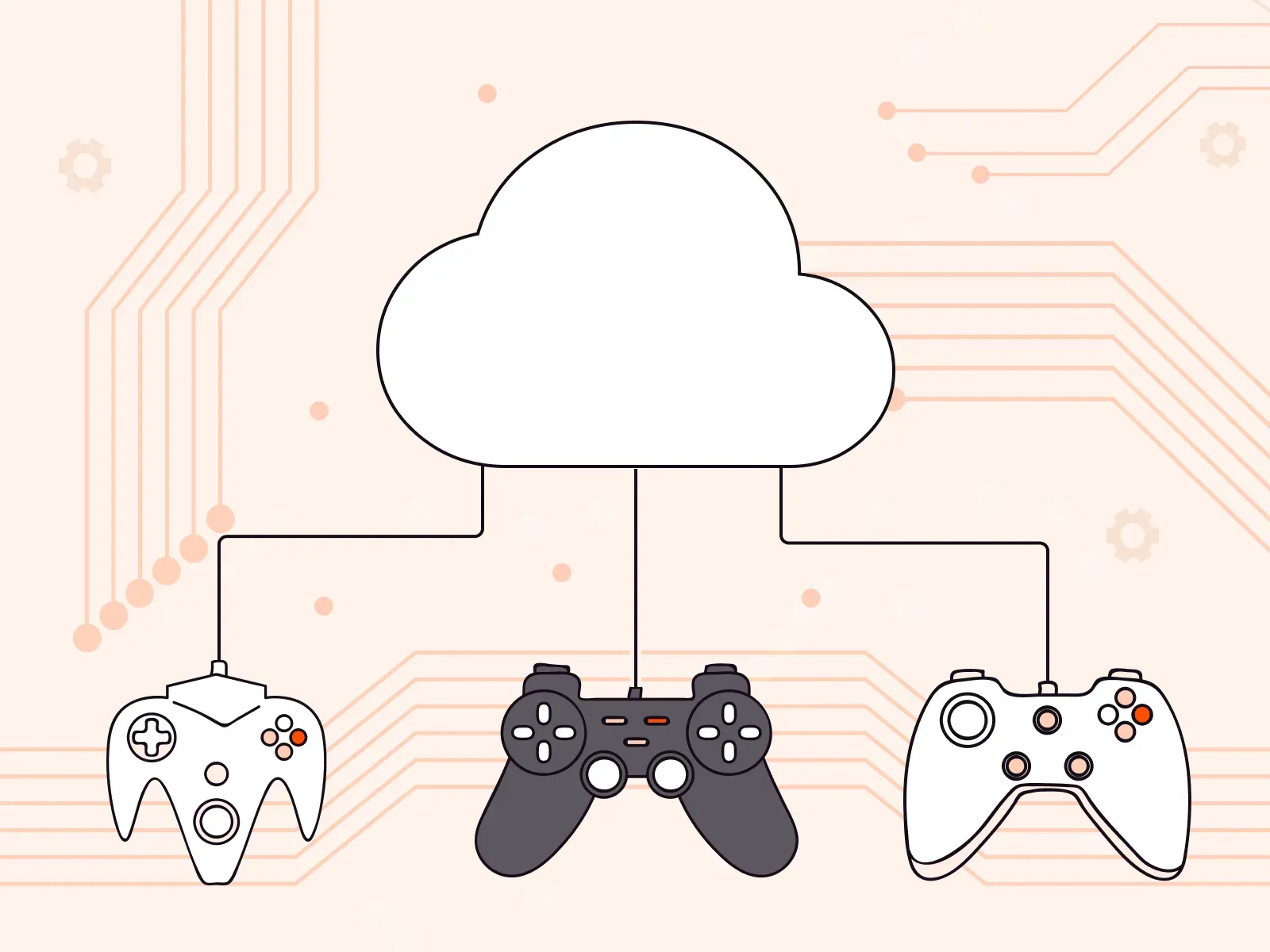Bare Metal vs. VM-based Kubernetes Clusters: A Comprehensive Performance Analysis
- July 4, 2023
- 7 min read

In today’s digitally driven world, applications are evolving rapidly, and efficient and scalable solutions are required. Kubernetes is an open-source platform designed to automate deploying, scaling, and managing containerized applications. It provides a resilient framework for running distributed systems and handling various tasks geared toward the growth and maintenance of application services. In this blog post, we’ll compare bare metal Kubernetes with traditional VM-based clusters, specifically in terms of latency and performance. Knowledge of their respective advantages and limitations is essential for those tasked with selecting technologies for their IT infrastructure.
Bare Metal vs. VM Servers
Kubernetes can work with a cluster of bare metal servers and virtual-machine (VM) based servers. Bare metal refers to physical servers dedicated to a single tenant—essentially, the bare hardware, without the layer of virtualization often used in cloud computing. On the other hand, VM refers to environments where multiple virtual machines, each running their operating system, share the resources of a single physical host:

As we proceed further into this comparison, it’s essential to understand the two foundational concepts at its core: containers and virtual machines. Kubernetes is a container orchestration platform that assigns a group of containers to its worker nodes—bare metal servers or virtual machines.
Understanding Containers and Virtual Machines
Containers are standalone, executable software packages that include everything needed to run a piece of software. They contain the code, runtime, system tools, libraries, and settings, effectively encapsulating the application and its environment. Containers share the host system’s OS kernel, making them lightweight and quick to start.
Virtual Machines (VMs,) on the other hand, are an abstraction of physical hardware, turning one server into many. Each VM includes a full copy of an operating system, the application, necessary binaries, and libraries. VMs can also be slow to boot compared to containers but provide strong isolation between different VMs on the same host.
Figure 2 shows the similarities and differences between containers and VMs.

Both containers and VMs come with benefits and are appropriate for specific use cases. Containers are best suited for microservices, stateless applications, and cases where rapid scalability is required. On the other hand, VMs are ideal for legacy applications and applications that require all the resources and functionalities of an OS, including running applications unsuitable for a containerized environment.
The main focus of Kubernetes is automating deployment, scaling, and management of application containers. As mentioned, Kubernetes supports running these containerized workloads on both bare metal servers and VMs. Let’s next examine both technologies and explore how Kubernetes runs on each of them.
Bare Metal Kubernetes Clusters
In the context of Kubernetes, bare metal implies that Kubernetes is running directly on the hardware without an intermediary layer of virtual machines, as illustrated in Figure 3.

Benefits and Use Cases of Bare Metal Kubernetes Clusters
Bare metal Kubernetes clusters leverage the inherent strengths of Kubernetes while simultaneously exploiting the considerable benefits of dedicated hardware. This approach eliminates the overhead created by virtualization (which can cause increased complexity and potential for slowdowns), often resulting in superior performance and lower latency, making it an attractive option for high-performance workloads.
This approach is particularly beneficial for applications that require intensive computational resources or need to handle large volumes of data. By cutting out the VM layer, bare metal Kubernetes clusters reduce the overhead that can sometimes limit the performance of such demanding applications.
Drawbacks of Bare Metal Kubernetes Clusters
However, nothing is without its drawbacks. While bare metal clusters can offer impressive performance, they traditionally lack some of the features provided by VM-based solutions, such as the ability to quickly and easily create, remove, or migrate worker nodes. They also require a higher degree of management compared to their VM counterparts, although many providers take care of the management aspect, removing this concern for the customer.
Virtual Machine Kubernetes Clusters
In contrast to bare metal, VM-based clusters operate by deploying Kubernetes worker nodes on virtual machines. Each of these VMs runs its own operating system and shares the resources of a single physical host, as illustrated in Figure 4:

Benefits and Use Cases of VM Kubernetes Clusters
The significant advantage of VM-based clusters lies in their flexibility and isolation compared to bare metal Kubernetes clusters. VMs can be easily created, removed, and migrated without affecting the physical host or other VMs. This results in a highly flexible and scalable environment that can adapt to changing needs quickly. Furthermore, the isolation provided by VMs adds a layer of security as it limits the potential impact of system failures or security breaches. (With that said, many experts believe VMs are less secure than BM, because some VM exploits allow one VM to read the address space of another.)
Drawbacks of VM Kubernetes Clusters
However, VM Kubernetes clusters come with drawbacks. Let’s take a look at them:
- Adding a VM layer introduces additional overhead, impacting performance and latency.
- The scheduling and execution of containerized apps inside VM worker nodes can introduce latency as requests must traverse the virtualization layer.
- VMs typically use network disks, which introduces additional latency due to network performance limitations.
- The performance of virtual network adapters used by VMs usually can’t match the capabilities of physical ones, further contributing to latency.
Comparing Bare Metal and VM Kubernetes Clusters
As we’ve seen, BM and VM Kubernetes clusters have their own benefits, use cases, and disadvantages. Let’s compare the technologies directly in two areas—speed and network performance, and security—and then summarize each method in a table.
Comparing Speed and Network Performance
Bare metal servers (BMs) offer superior performance to VMs as they allow direct access to local disks, which could be configured as SSD raids for optimum speed and efficiency. In addition, BMs utilize physical network adapters that significantly outperform their virtual counterparts. Therefore, compared to VMs, you can expect better disk and network performance when using BMs, leading to reduced latency and enhanced overall system performance.
Comparing Security
While it is true that some organizations might opt for VM-based Kubernetes due to perceived benefits such as isolation and easy scalability, this doesn’t necessarily indicate a superior security model. Some experts argue that bare metal Kubernetes clusters may offer better security because they operate without the shared tenancy characteristic of virtual machines, and this lack of multitenancy can increase security. As no other customer’s code is running on the same hardware, even on a different VM, the risks of potential cross-contamination or security breaches are significantly mitigated.
In addition, without a hypervisor layer, bare metal environments have a smaller attack surface. The hypervisor in VMs presents an additional layer that attackers could potentially exploit. Eliminating this layer in a bare metal setup reduces the number of potential entry points for malicious activity.
That being said, the security of either a bare metal or a VM-based setup largely depends on how it’s managed. Good practices, regular patching, proper configuration, and advanced security tools are crucial in both cases.
Comparison Table of BM and VM Kubernetes Clusters
Let’s summarize the strengths, weaknesses, and use cases of both methods in the following table:
| Strengths | Weaknesses | Use Cases | |
| Bare metal Kubernetes | High performanceLower latencyFull utilization of hardware | Requires higher degree of managementFewer features compared to VM-based solutions | High-performance workloadsData-intensive applicationsComputationally intensive and low-latency tasks |
| VM-based Kubernetes clusters | FlexibilityQuick build up of new instances | Overhead that can impact performance and latencyRisk of noisy neighbor effect | Environments needing quick and easy scalabilitySave on cost by using smaller flavors (part of server resources) |
Furthermore, it is possible to compare both cluster types with performance and operational point of view:
| Network Performance | Storage Performance | CPU Performance | Boot-up Times | |
| Bare metal Kubernetes | High | High | High | Slower |
| VM-based Clusters | Moderate | Moderate | Moderate | Quick |
Performance and Latency Comparison
Let’s directly compare performance and latency between bare metal and VM-based Kubernetes clusters. For many, these factors are the most important when deciding whether to opt for BM or VM.
Performance Comparison
Performance can be quantified in many ways, but in the context of the cloud, it generally relates to how efficiently a system can execute tasks. In the case of bare metal clusters, removing the overhead of the VM layer allows for the hardware’s full potential to be harnessed.
One practical application could be a high-demand application like a data analytics platform. When running such an application on a bare metal cluster, you may find that tasks are completed faster due to reduced overhead, and the cluster can handle more data in less time than a VM-based cluster.
On the other hand, VM-based clusters, due to the virtualization layer and its associated overhead, might not offer the same level of raw performance as bare metal ones. However, VM-based clusters excel in flexibility and scalability, which can also be aspects of performance, depending on your specific needs.
Latency Comparison
Regarding latency, bare metal clusters have an edge due to the absence of a virtualization layer. Latency can be critical for applications requiring a real-time response, such as IoT devices, gaming or real-time analytics. In this case, a bare metal Kubernetes cluster may provide a lower-latency solution, ensuring data is processed and returned quickly.
In contrast, VM-based clusters might exhibit higher latency due to the additional steps introduced by the virtualization layer. While these extra steps allow VMs to provide features such as flexibility, they also add to the time it takes to process and return data.
To illustrate the differences in performance and latency between bare metal Kubernetes and VM-based clusters, we can work on some comparative data. The following table summarizes typical results one might expect, assuming similar configurations and workload patterns:
| Bare metal Kubernetes | VM-based clusters | |
| Data Processing Speed (TB/hr) | Higher | Lower |
| Network Latency (ms) | Lower | Higher |
| Disk Latency (ms) | Lower | Higher |
Of course, these comparisons are not absolute. The actual performance and latency will depend on many factors, including the specific configurations, workloads, and the capabilities of the underlying hardware. In some cases, the advantages of VM-based clusters, such as their scalability, may outweigh the raw performance advantage of bare metal Kubernetes.
In the next section, we’ll discuss how Gcore’s Managed Kubernetes on Bare Metal offers an enhanced solution that combines the strengths of both approaches.
The Gcore Advantage: Gcore Managed Kubernetes on Bare Metal
In an era marked by an intense drive for performance optimization and efficient resource management, Gcore presents its Managed Kubernetes on Bare Metal service. This fully managed solution is designed to cater to the unique needs of businesses seeking the power and speed of Gcore Bare Metal with the professional management and support of an experienced team.
Gcore Managed Kubernetes on Bare Metal stands out from the competition:
- Fully leverage the power and potential of Kubernetes without the overhead introduced by virtualization: This results in enhanced performance and lower latency, bringing tangible benefits for applications requiring real-time responses or handling heavy workloads.
- Combine the benefits of bare metal with the convenience of a managed service: The management of the Kubernetes environment is handled by Gcore’s team of experts, allowing your team to focus on developing and deploying applications rather than the nuances of Kubernetes management.
Whether you’re a startup looking to get your first application off the ground or an established business looking to optimize your existing systems, Gcore’s Managed Kubernetes on Bare Metal could be the solution you’ve been seeking for performance and operational effectiveness.
Conclusion
In the ever-evolving world of technology, our infrastructure choices can dramatically impact the success of our applications and, ultimately, our businesses. The comparison between bare metal Kubernetes and VM-based clusters is one of these choices, with each offering its own set of advantages and trade-offs. Bare metal Kubernetes, with its direct access to the underlying hardware, offers high performance and low latency. On the other hand, VM-based clusters bring the benefits of flexibility and easy scalability.
But why compromise when you can have the best of both worlds? Gcore’s Managed Kubernetes on Bare Metal provides the performance benefits of Bare Metal Kubernetes as a fully managed solution. It offers an environment that safeguards against disruptions, ensuring the smooth operation of your applications while also providing a powerful and convenient platform.
If you’re considering your options to be successful in the cloud, we invite you to explore Gcore Managed Kubernetes on Bare Metal further. Discover the Gcore advantage for yourself and see how it can take your applications to the next level.
Related articles
Subscribe to our newsletter
Get the latest industry trends, exclusive insights, and Gcore updates delivered straight to your inbox.

